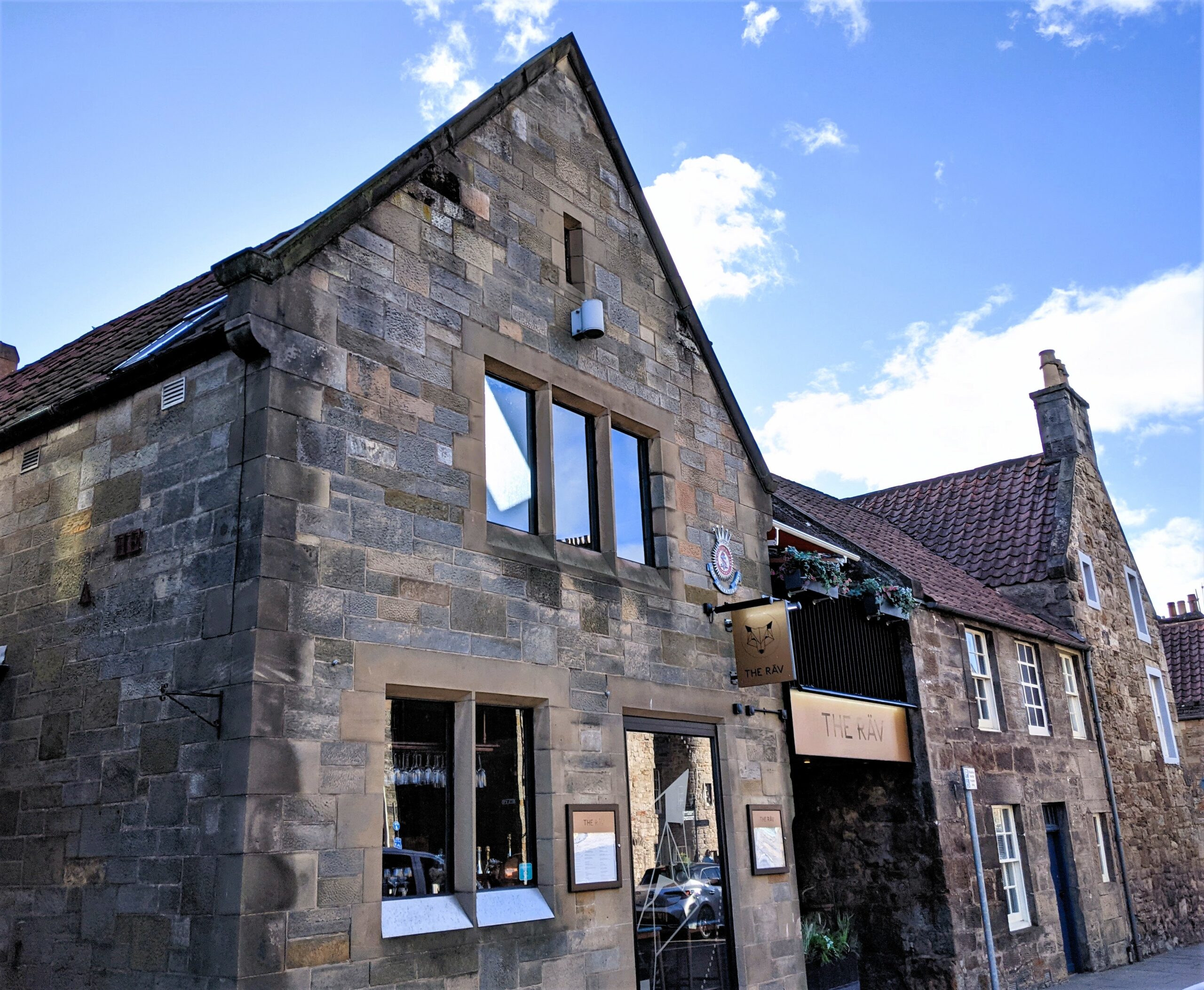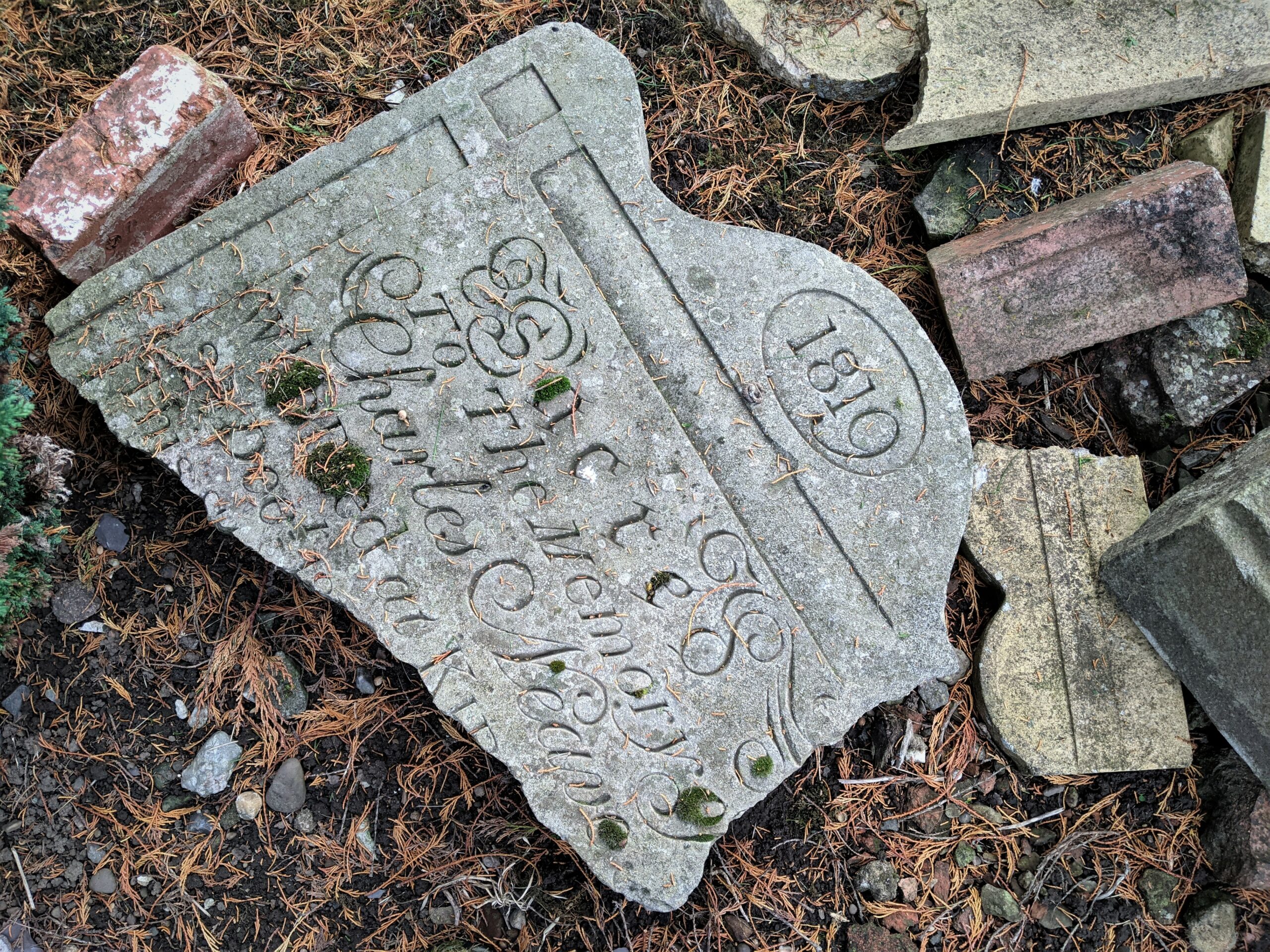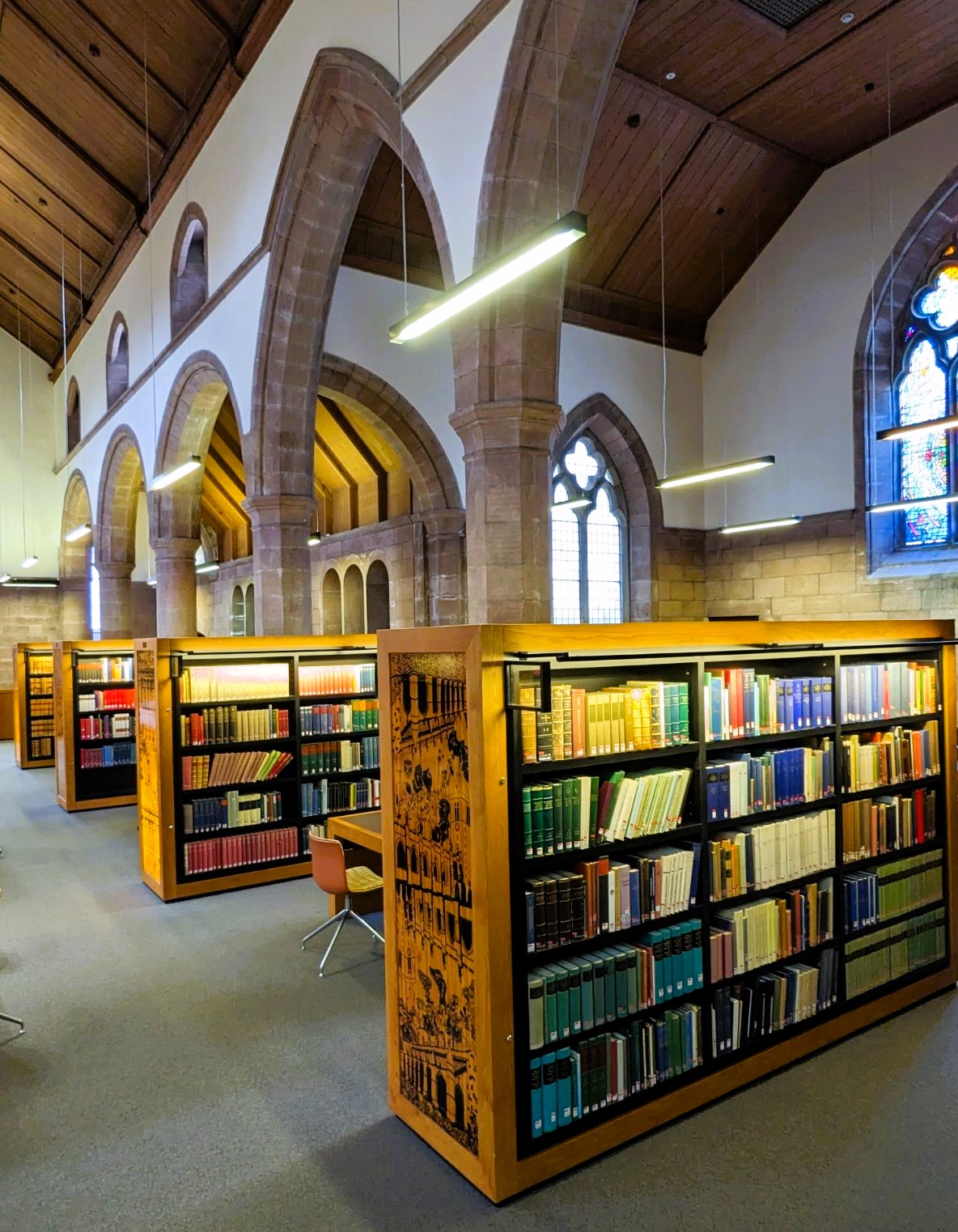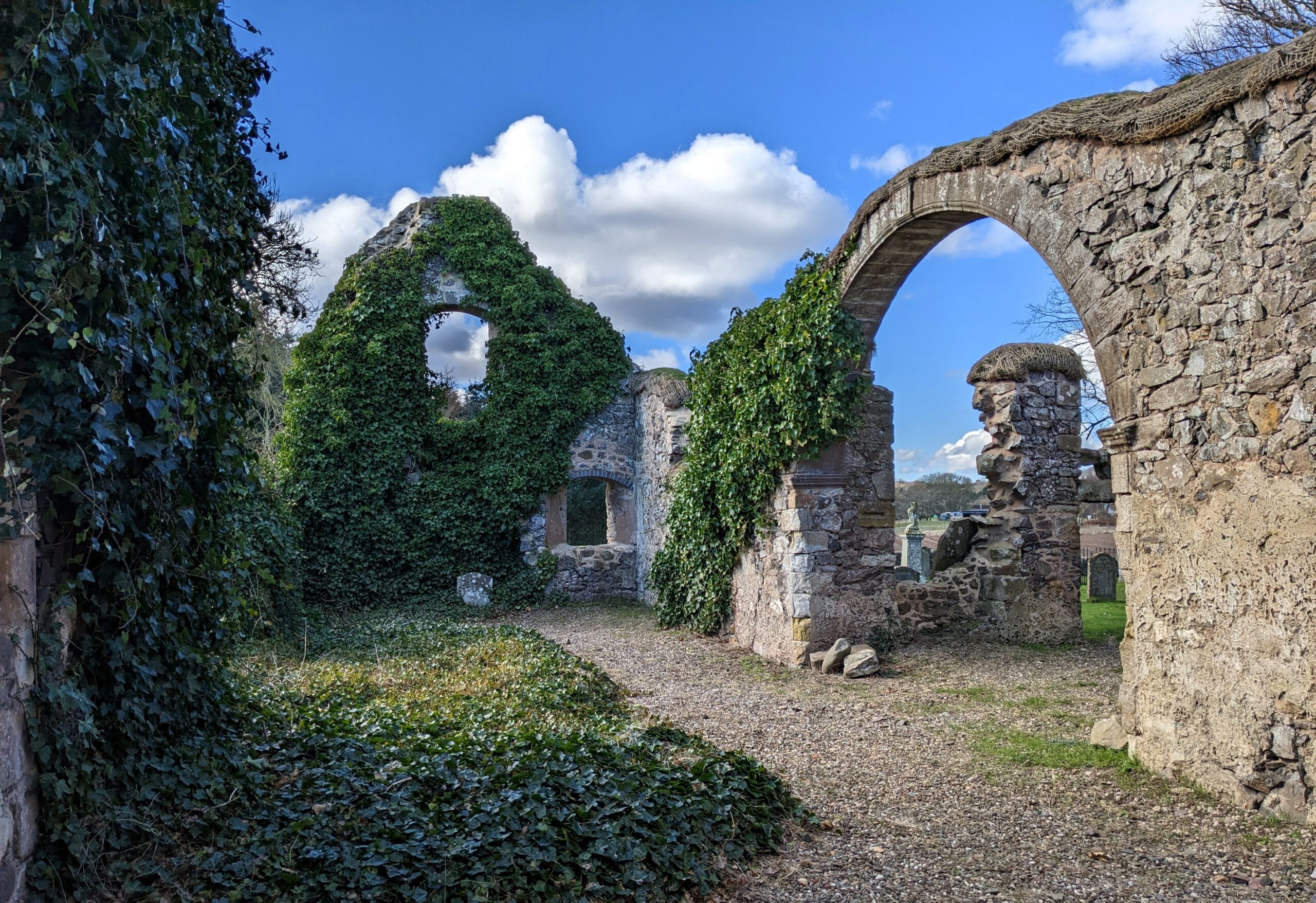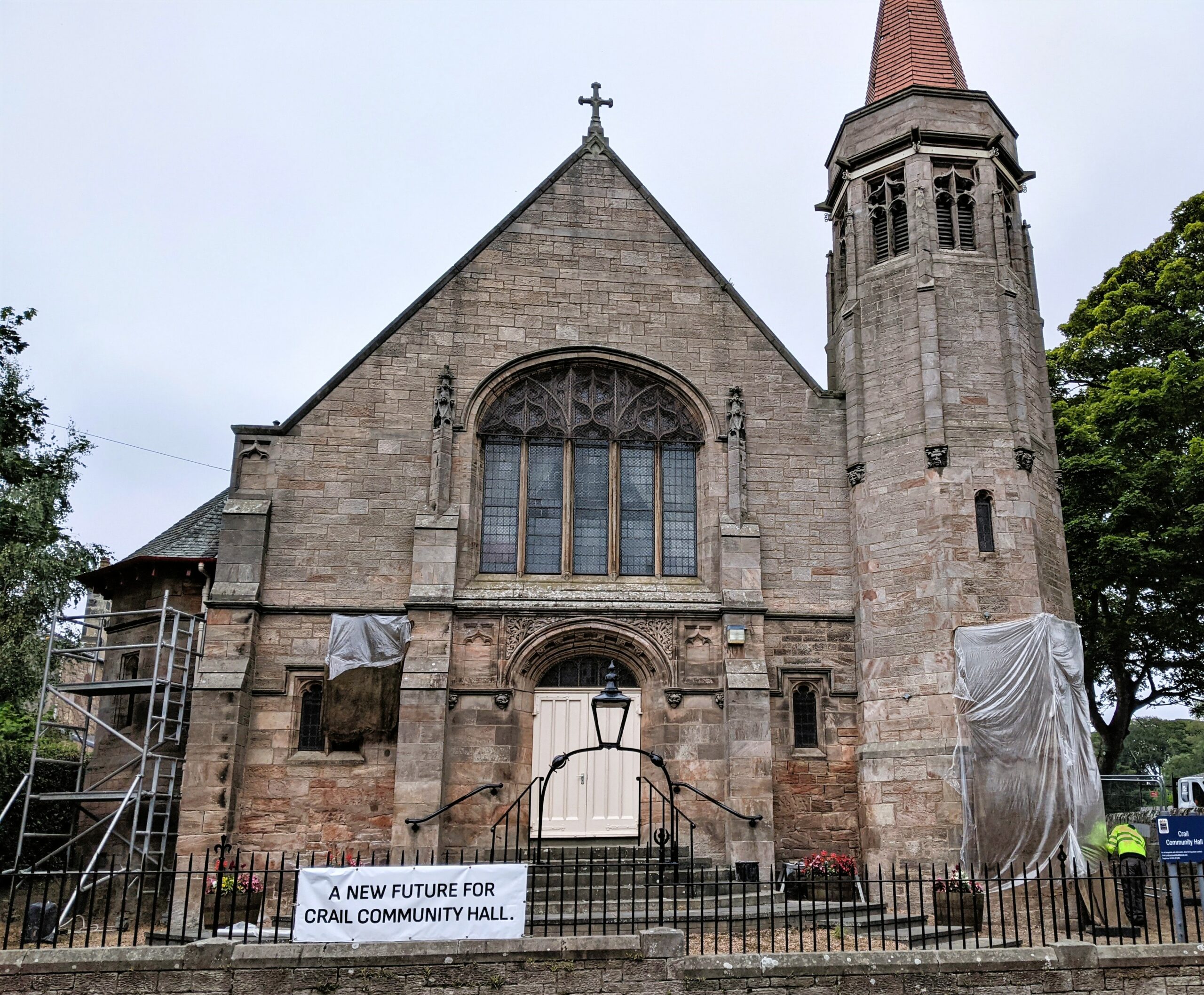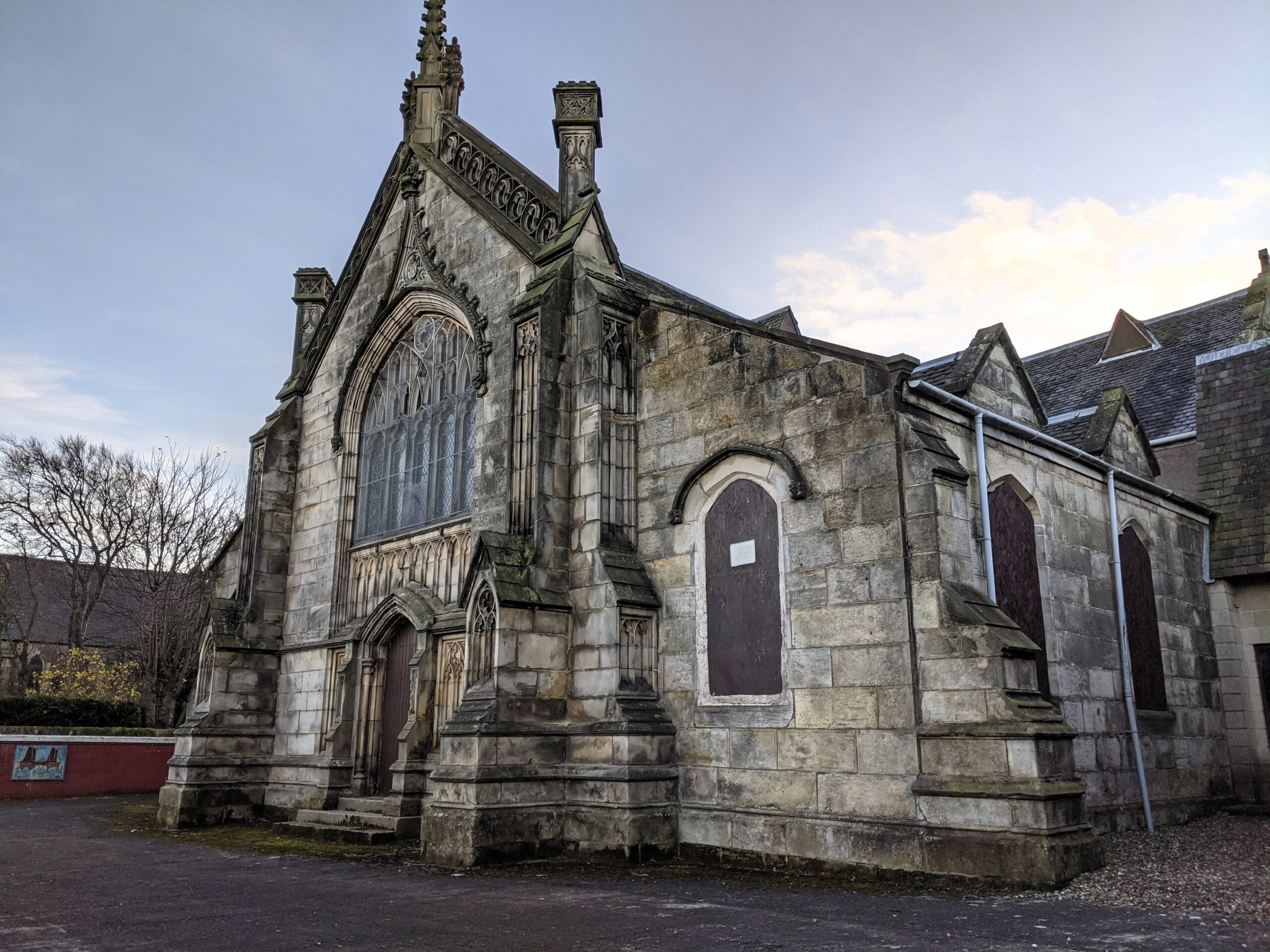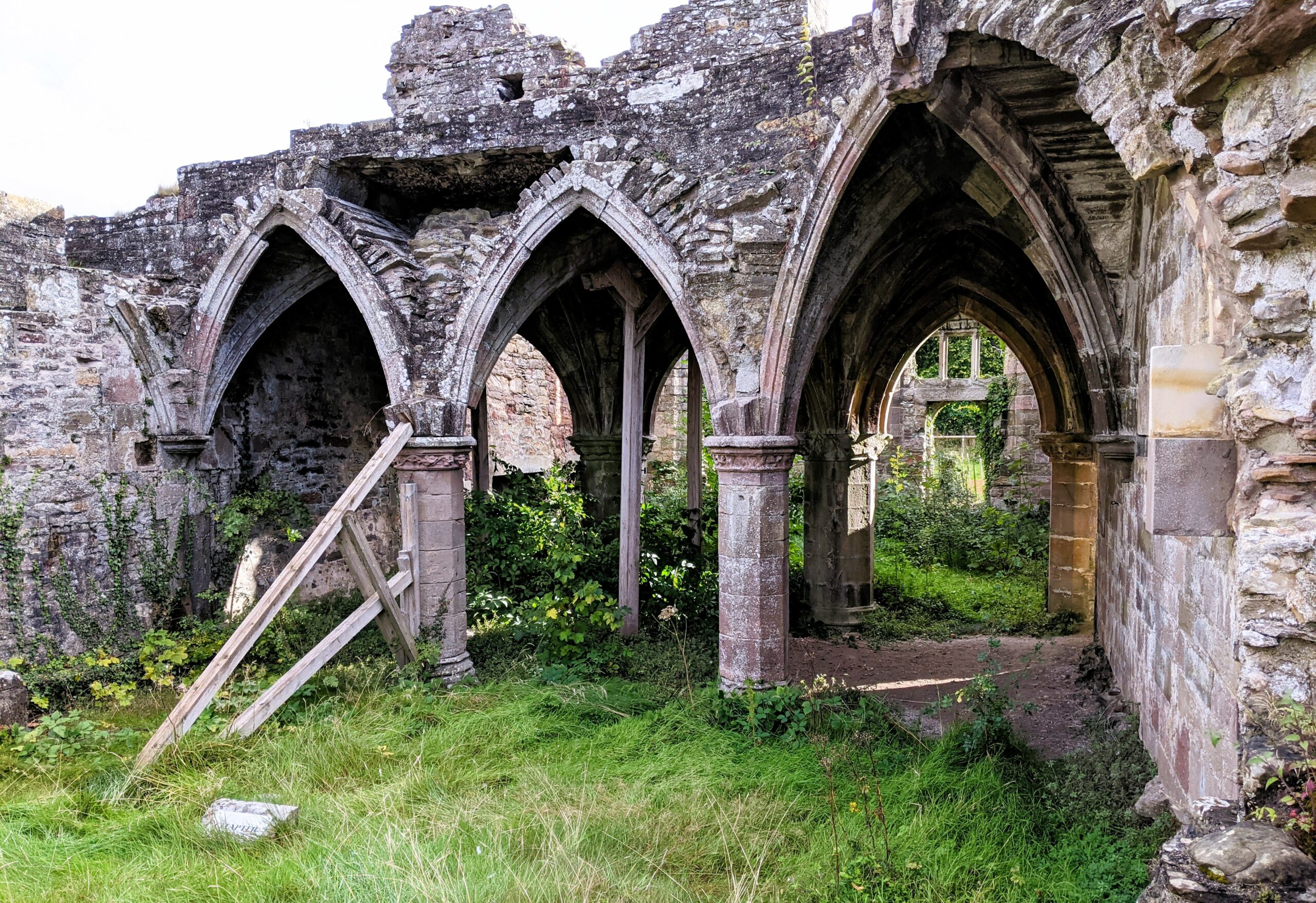Future
Current Uncertainty
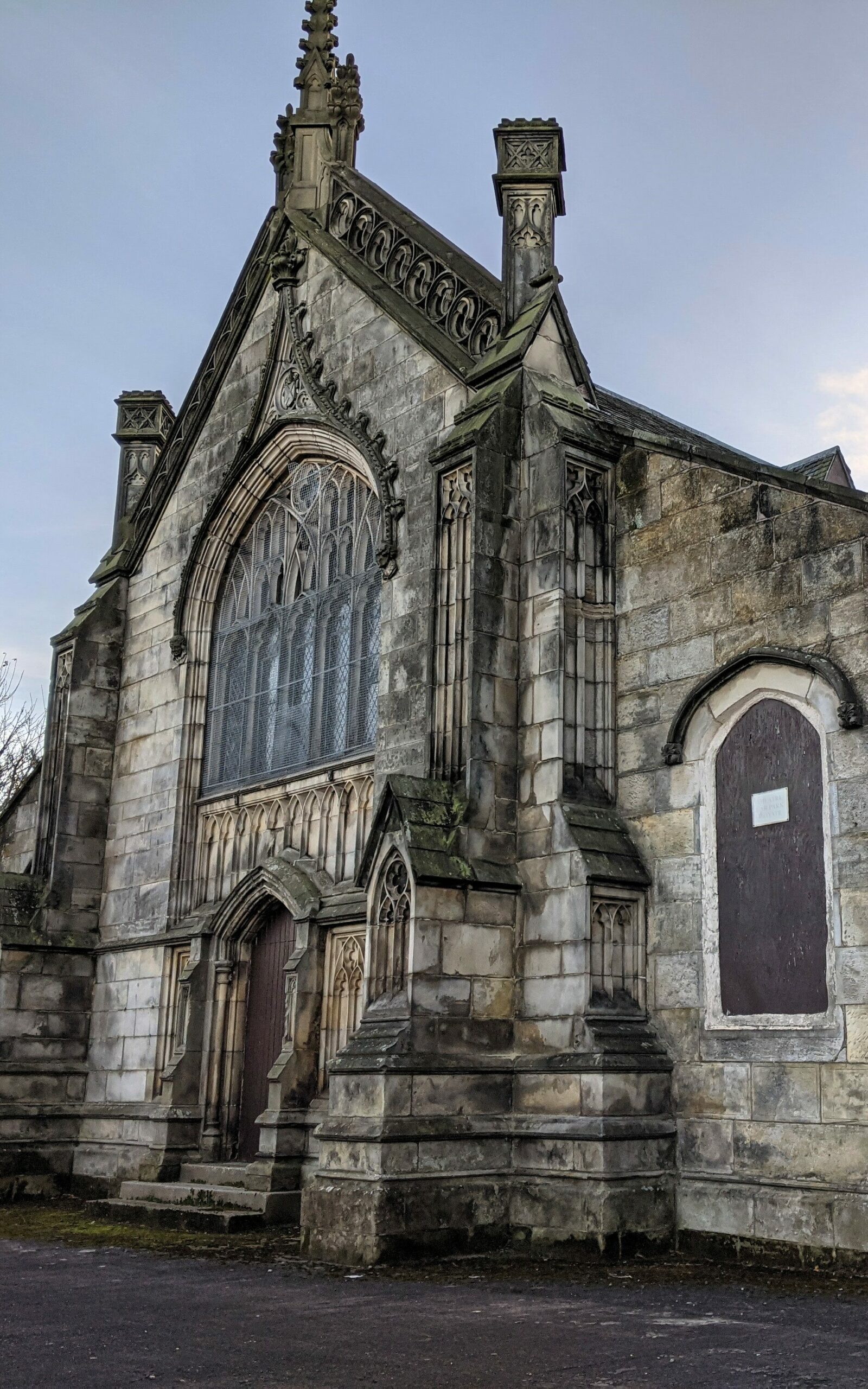
Meaning for communities
Fife’s religious buildings face an uncertain future. A combination of smaller congregations, a shortage of ministers, and rising maintenance costs mean that a large proportion of churches are likely to shut their doors. Since 2000 more than 30 church buildings in coastal Fife have closed. The Church of Scotland (the denomination with the largest number of places of worship in the region) has plans for a fundamental reorganisation of their congregations, which may trigger church closures on an unprecedented scale. Other major Christian denominations are also considering cuts.
The future of these disused religious buildings poses a major challenge for the residents of Fife, and indeed Scotland more generally. These are places which held, and sometimes still have, an unusual degree of meaning for local communities. They typically have memorials to earlier generations and are often surrounded by the graves of the dead. In practical terms religious buildings are also relatively large communal venues. In many settlements, particularly in rural areas, the parish church is the most impressive and spacious building. The shutting of a church often results in a loss of a shared space for a variety of religious and secular purposes.
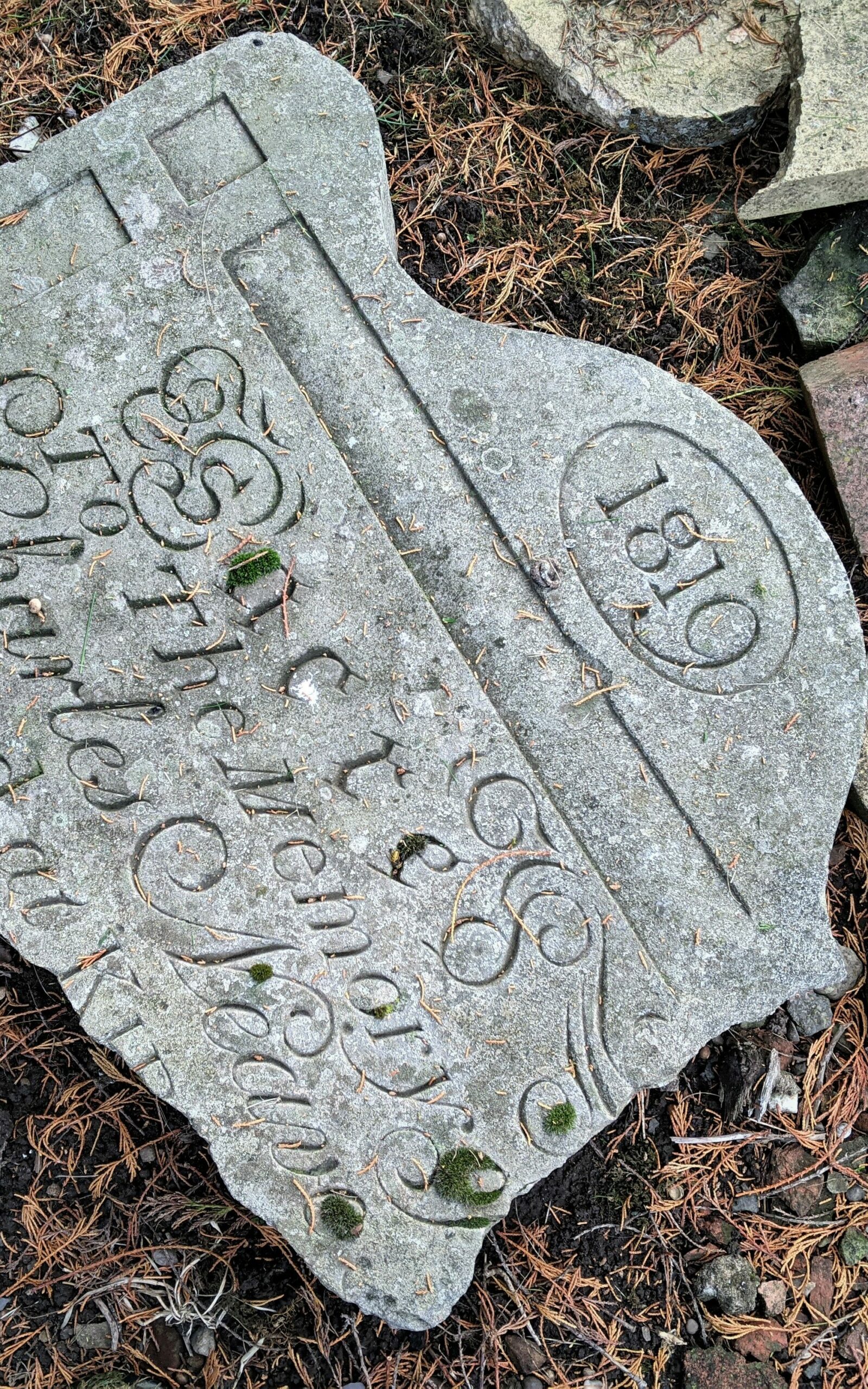
Major heritage assets
The current round of church closures is particularly important because of the historic importance of many of the sites which are being considered. During the twentieth century most of the churches which closed were constructed after 1800. However, a significant proportion of pre-1800 religious buildings, many with histories stretching back into the Middle Ages, are now facing closure. These sites are major heritage assets and the ending of their religious function may well put them at risk.
A History of Destruction
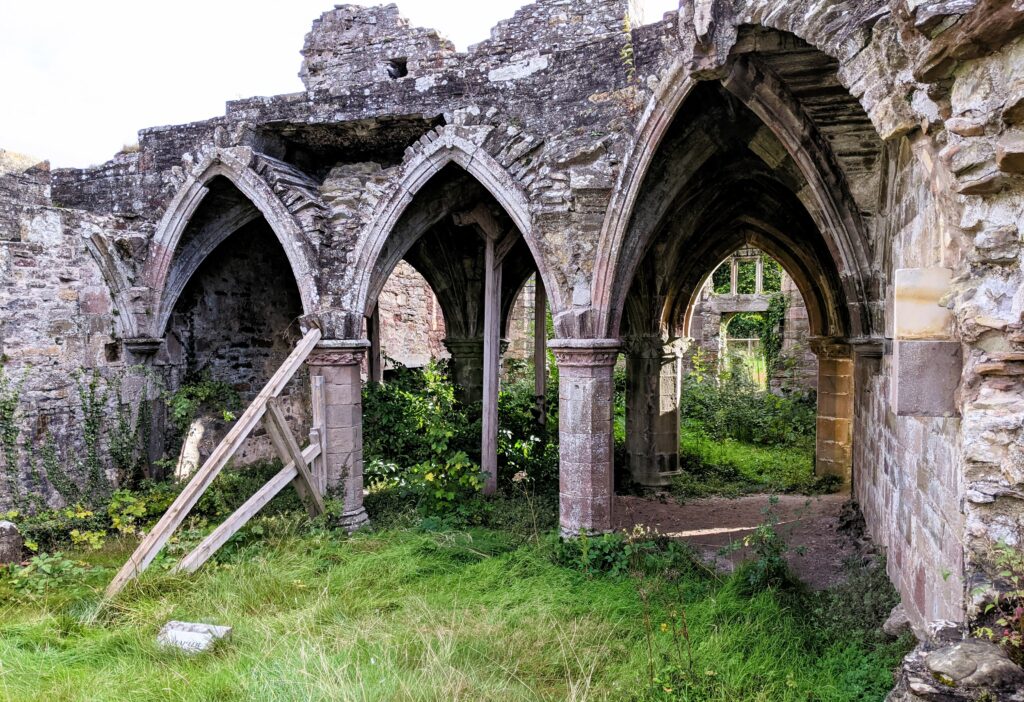
Demolition
Researchers working on the Sacred Landscapes project at the University of St Andrews have analysed the fates of 237 former churches in coastal Fife, which closed between 1500 and 2022. This is thought to be the first study to compare the outcomes for disused Scottish churches across several centuries. The researchers found that more than half of the former churches in coastal Fife were ultimately demolished or fell into ruins. Perhaps unsurprisingly, demolition or dereliction was particularly common in earlier centuries. Of the churches in coastal Fife which closed before 1900, more than 80 percent ultimately experienced major ruination or destruction. The demolition of former churches remained prevalent in the twentieth century, with over 40 percent of the churches which shut their doors between 1900 and 1999 being knocked down. Even in the current century, at least two churches in coastal Fife have already been demolished. As many more disused places of worship currently stand vacant or derelict it is likely that this figure will rise.
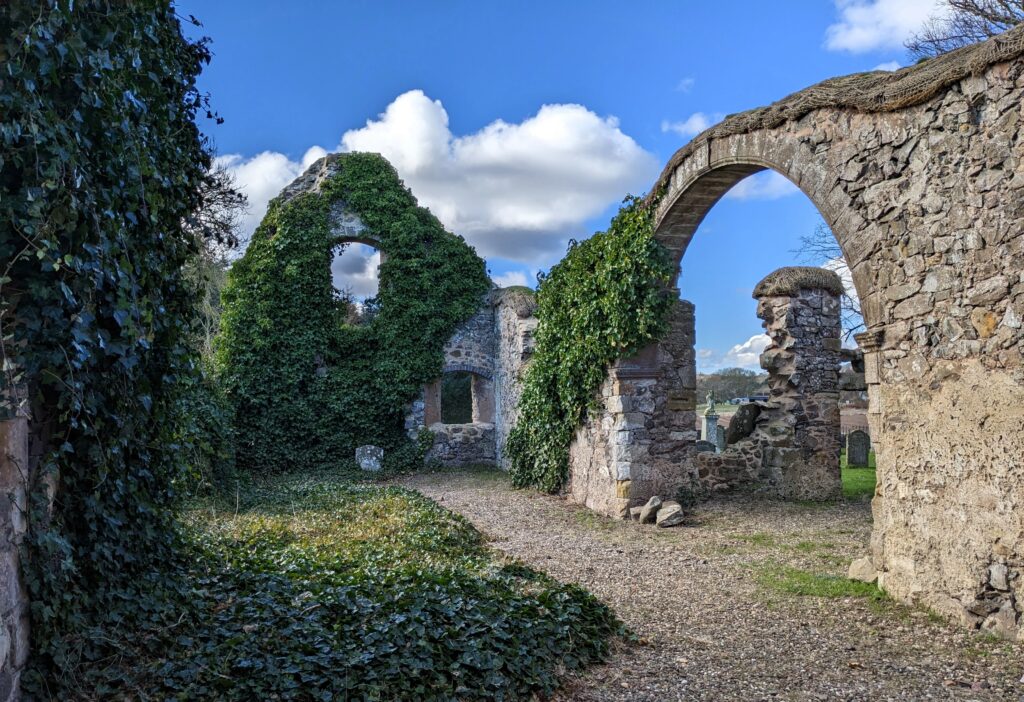
Closure of Churches
Former churches often have complex pathways to demolition, with varying failed efforts at finding a sustainable future before these structures are overtaken by dereliction and eventually dismantled. The research undertaken at the University of St Andrews has highlighted the vulnerability of church buildings once they cease to fulfil a religious function. It has also highlighted what a small proportion of disused religious sites remain as public spaces. Of churches in coastal Fife closed in the twentieth century 22 percent are now used for commercial or community purposes. Thus far only 16 percent of churches closed in the twenty-first century are filling commercial or community functions.
The large-scale closure of churches is likely to trigger a far-reaching loss of public space, particularly in smaller communities. Currently decisions are being taken which will have consequences for generations to come. It is vital that the implications of these choices are better understood. Certainly it appears that previous rounds often triggered a sense of loss in the wider community. Around 1580 the Protestant noble Lord Herries wrote sadly of the loss of ‘ancient buildings’ and ‘monuments of antiquity’ at the Reformation. It is to be hoped that future generations do not face similar regrets.
Ideas for the Future
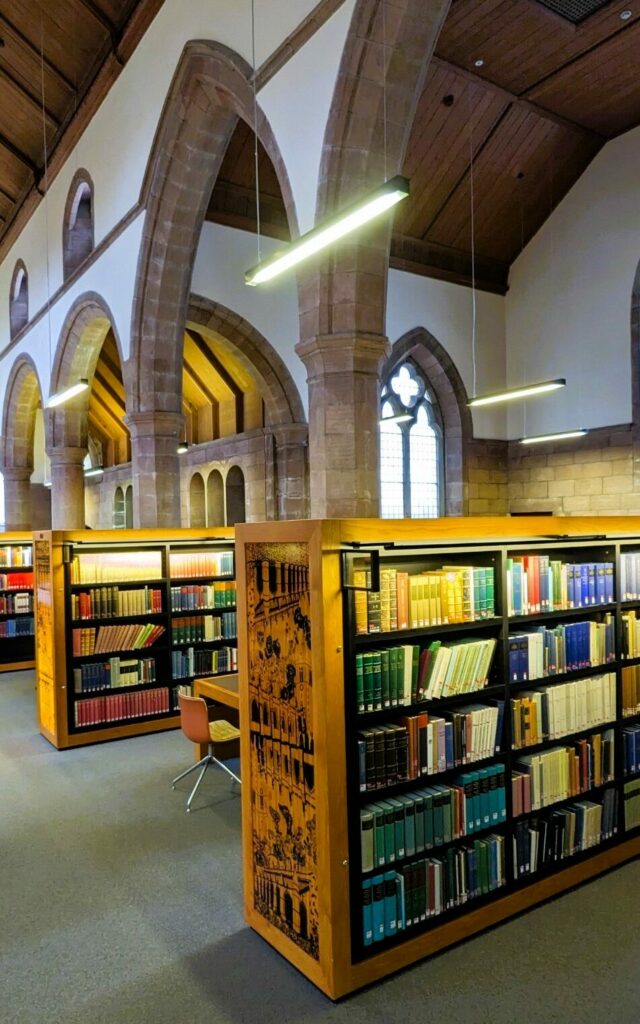
Multi-purpose public spaces
The Sacred Landscape team wish to support more detailed regional and national consideration of the future of Scotland’s places of worship, informed by past experiences of changes to religious sites. Every region of Scotland is facing church closures. Decisions about the fate of these significant communal spaces affect religious institutions, local residents, and future generations of Scots.
Recent decades have seen some imaginative approaches to redundant religious buildings. For instance, in St Andrews the former Martyrs’ Kirk on North Street has been converted into a research library and special collections reading room. In Kirkcaldy the Old Kirk Trust has taken ownership of the medieval parish church and are supporting a mix of uses, including hosting concerts, supporting community events, serving as a heritage centre, and providing a venue for some religious services. Many current and former churches hold significant potential as multi-purpose public spaces, but it is important that we understand what enables such a set-up to succeed.
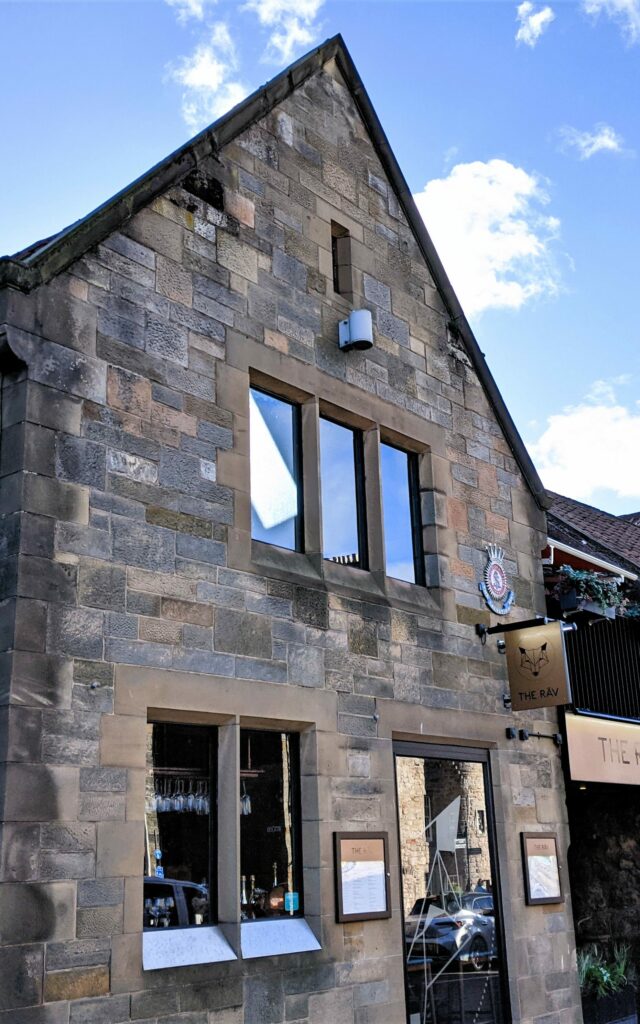
Report on heritage
There is an urgent need for evidence-based consideration of the most appropriate futures for church buildings, both in Fife and Scotland more generally. Drawing on examples from Fife’s past, and from comparisons further afield, the Sacred Landscape team want to encourage more informed discussion about the challenges and possibilities for Scottish religious spaces. To this end, the Sacred Landscape project has recently secured funding from the University of St Andrews’ Impact and Innovation Fund to hold a workshop on futures for Fife’s churches and to develop a report on the heritage and community implications surrounding the closure of religious spaces. Further information on these activities will be posted on this website.
If you are interested in contributing to conversations around potential futures for church buildings, whether in Fife or more widely in Scotland, please do contact either Dr Brendan Wolfe (brendan.wolfe@st-andrews.ac.uk) or Dr Bess Rhodes (egsr@st-andrews.ac.uk).
Are you interested in contributing to conversations around potential futures for church buildings?
